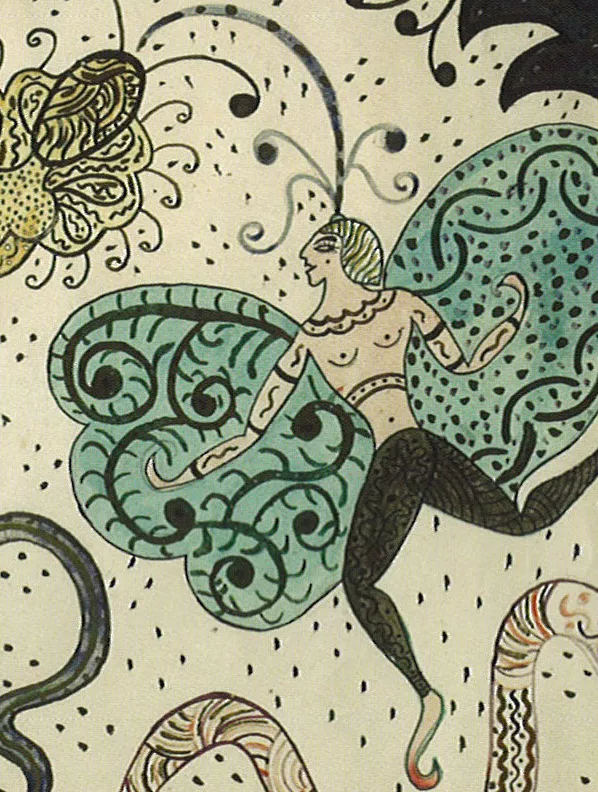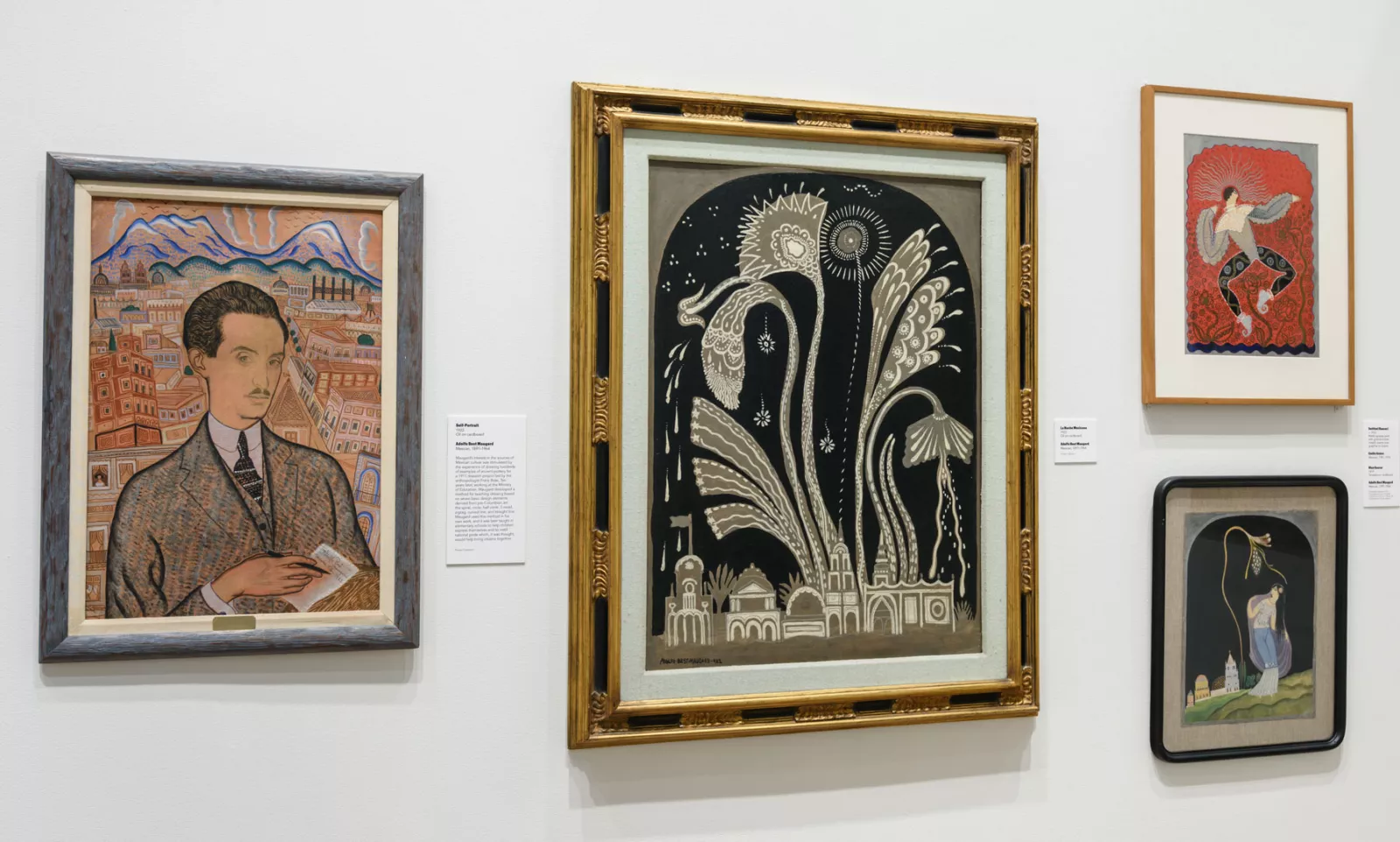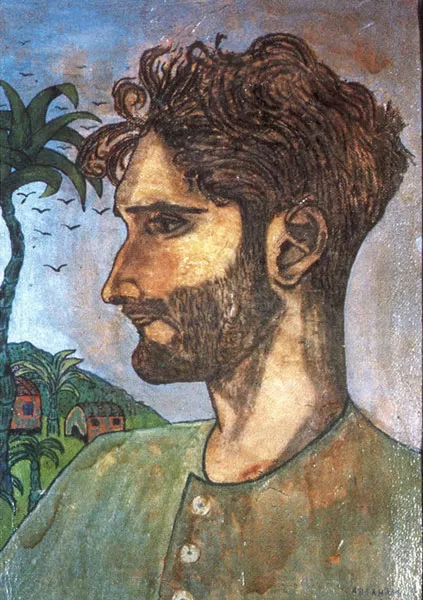Ph.D. Candidate Mark Castro Co-Curates New Exhibition of Mexican Modernism at the Philadelphia Museum of Art

Paint the Revolution: Mexican Modernism 1910-1950 at the Philadelphia Museum of Art, co-curated by Bryn Mawr College Ph.D. candidate Mark A. Castro, tells the story of political unrest in Mexico in the first half of the 20th century, and the diverse, often contradictory roles artists played in both agitating for change and unifying the nation. This largest exhibition of Mexican art in the United States in seven decades has already been well received by art critics for the The New York Times and The Philadelphia Inquirer.
From 1910-1920, Mexico was torn apart by revolution and civil war. In 1920, General Álvaro Obregón was elected president and a period of stabilization began. The new government looked to the arts to help rebuild a divided nation by celebrating Mexico’s cultural heritage and promoting its progressive political agenda.
The well-known results of these efforts are the monumental public murals that tell the story of Mexico’s indigenous traditions, its resistance to Spanish colonizers and the value of workers’ rights. Many of these murals were painted by the “big three” of Mexican art—Diego Rivera, José Clemente Orozco, and David Alfaro Siqueiros—and the exhibition includes three impressive digital installations representing stellar examples from each artist. Filling in the gaps between these massive works are numerous charming, smaller-scale paintings and drawings which expand our understanding of the output of some 70 artists in total and their participation in the larger, international art world.
Also represented here are several knock-out paintings by Frida Kahlo, likely unknown to U.S. audiences, and numerous works that reveal Mexican artists’ awareness of international trends in modern art alongside their devotion to local subject matter.
In the exhibition catalogue, Mark Castro continues to expand our understanding of Mexico’s modernist art scene in Tales of the City: The Contemporáneos and Modern Mexican Art, an essay that explores a circle of writers and artists that formed in the wake of the revolution. While Rivera and the other muralists were proclaiming the value of a nationalist, collective identity that idealized rural and industrial workers, the Contemporáneos took a different view. The group embraced the cosmopolitanism of Mexico City, its thriving nightlife and cafe culture, and included many gay artists. As Mark explains, the group thought that “Mexican culture should remain open to international influences and to the voice of the urban intellectual.” For the artists in the group, this mode of thinking freed them to create loving portraits of one another, celebrating their individuality in all of its bourgeois trappings. In the exhibition, a pair of reciprocal portraits by two Contemporáneos artists—Rodríguez Lozano and Abraham Ángel—creates a wonderful juxtaposition with the more muscular and familiar works of the “big three.”
The exhibition is on view at the Philadelphia Museum of Art through January 8, 2017, and will travel to the Museo del Palacio de Bellas Artes, Mexico City, in 2017. Mark is finishing up his dissertation on painting cycles depicting the life of Saint Francis of Assisi produced for Franciscan Institutions in New Spain and already starting to think about his next exhibition at the Museum.


